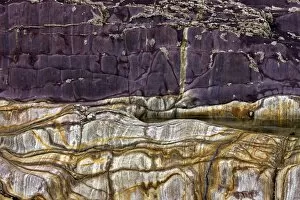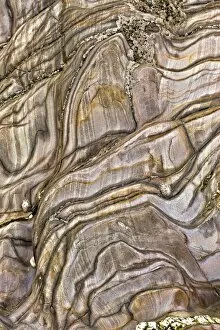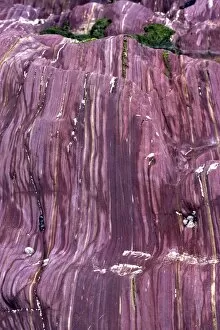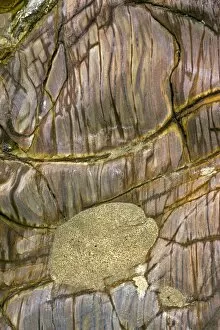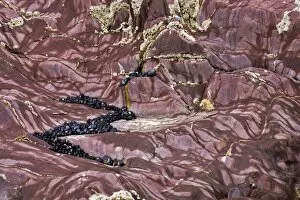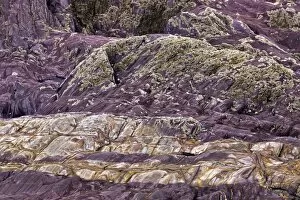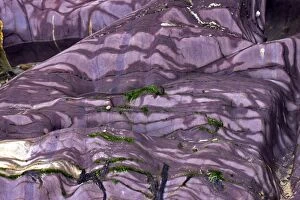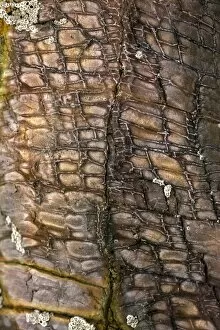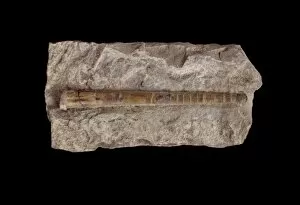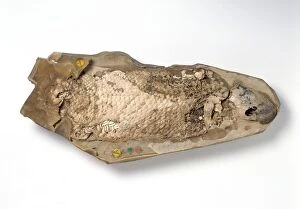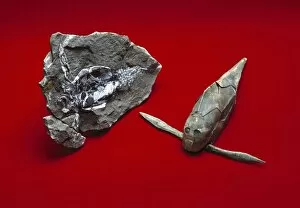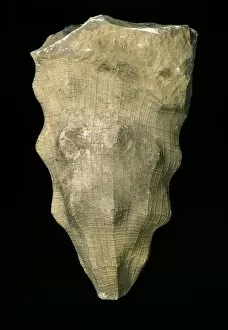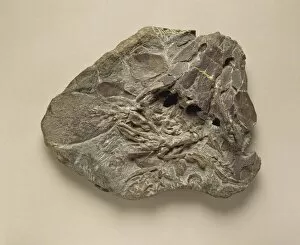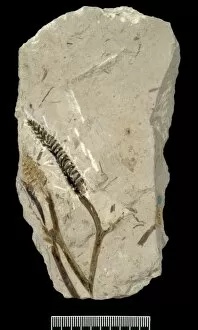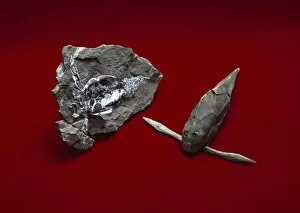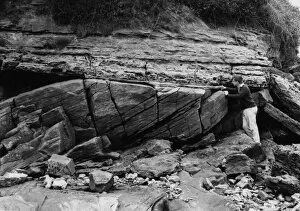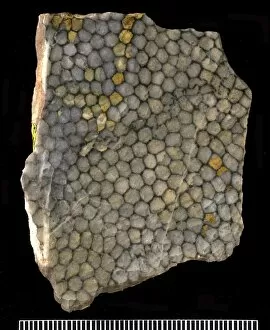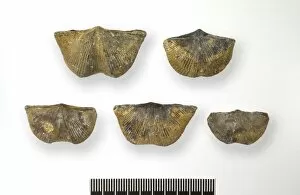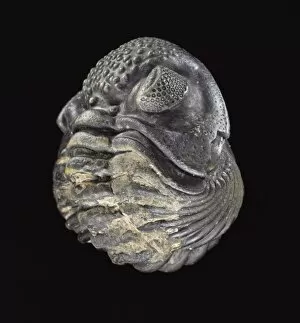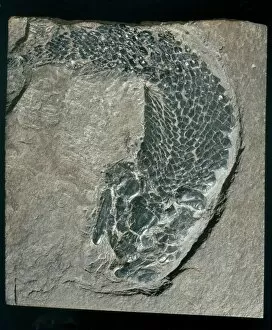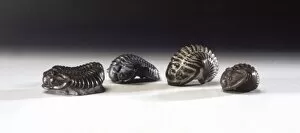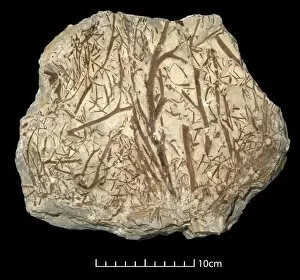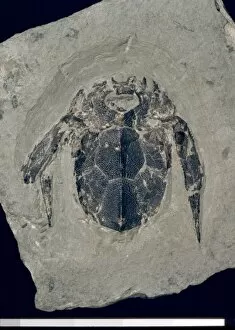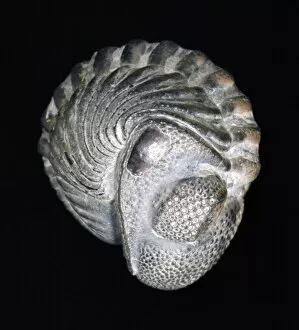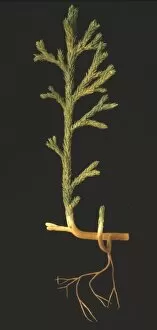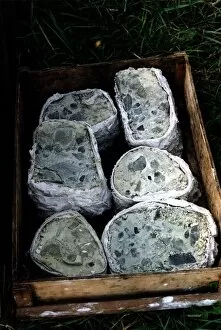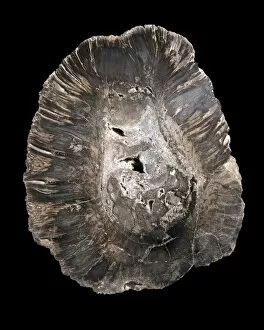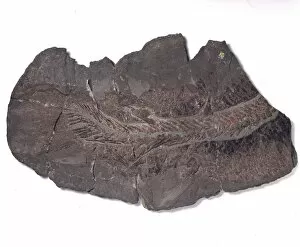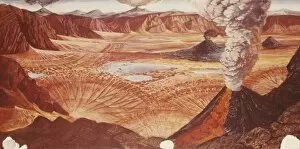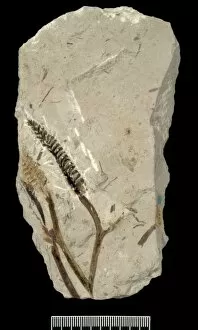Devonian Collection (#4)
The Devonian period, spanning from 419. 2 to 358. 9 million years ago, was a time of remarkable geological and biological changes on Earth
For sale as Licensed Images
Choose your image, Select your licence and Download the media
The Devonian period, spanning from 419. 2 to 358. 9 million years ago, was a time of remarkable geological and biological changes on Earth. Fossils like the trilobite and Archaeopteris hibernica provide glimpses into this ancient world. A beautifully preserved Trilobite fossil takes us back in time to when these arthropods thrived in the oceans. Their intricate exoskeletons tell tales of their existence during the Devonian era. Meanwhile, the discovery of Archaeopteris hibernica, a fossil plant, sheds light on the evolution of land plants during this period. It reveals how vegetation began colonizing terrestrial environments, forever changing our planet's landscape. Looking at a lithograph depicting the European Alps' geological map from 1897 reminds us that even millions of years ago, tectonic forces shaped our continents as they do today through processes like continental drift. Doryaspis gracefully swimming amongst Anthozoa showcases the diverse marine life that flourished during this era. These fish-like creatures coexisted with other fascinating organisms such as Calymene blumenbachii brongniart and Phacops - both trilobites that roamed ancient seas. Fossilized plants like Cooksonia pertoni give us insight into early land ecosystems where simple yet pioneering flora paved the way for future botanical diversity we see today. Examining a common horsetail spore under an SEM microscope allows scientists to study its microscopic features and understand how it contributed to plant reproduction during Devonian times. In Wales' Brecon Beacons National Park lies Cribyn mountain viewed from Pen y Fan - a breathtaking sight reminiscent of landscapes witnessed by those living in or visiting Wales during this epoch centuries ago. Beyond fossils and natural wonders, there are also glimpses into human history tied to Devonian.

